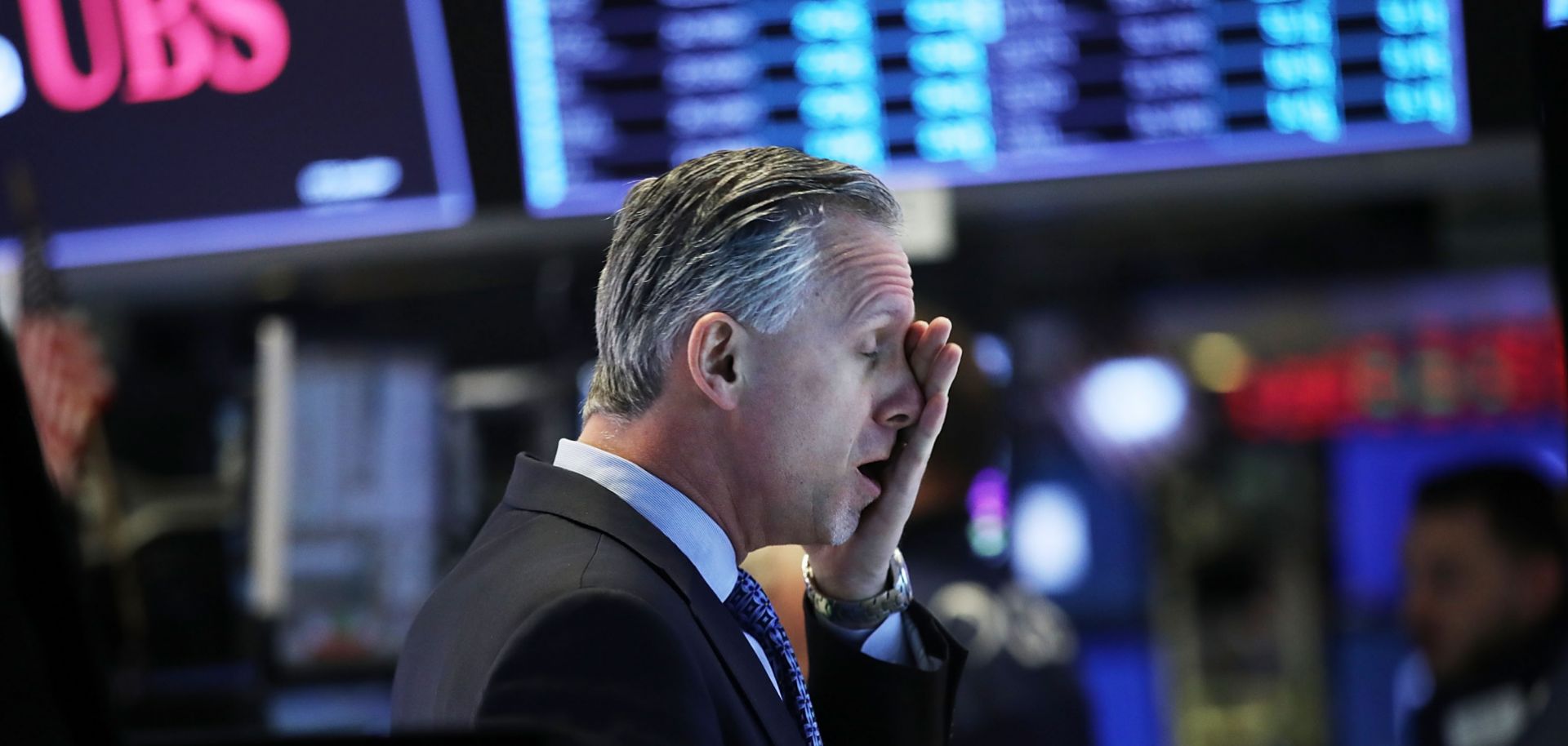REFLECTIONS
After a Decade of Calm, Bigger Waves May Batter the Markets
Feb 7, 2018 | 00:47 GMT

Traders work on the floor of the New York Stock Exchange (NYSE) on February 6, 2018, in New York City. Following Monday's over 1000 point drop, the Dow Jones Industrial Average briefly fell over 500 points in morning trading.
(Spencer Platt/Getty Images)
Highlights
- Market fluctuations in recent days show the connection between tightening monetary conditions and an increase in volatility.
- This trend represents a return to the normal state of affairs that existed before quantitative easing.
- Even if the latest episode proves fleeting, the increased volatility that it represents is expected to continue, especially as central banks continue to tighten monetary policy.
Subscribe Now
SubscribeAlready have an account?
